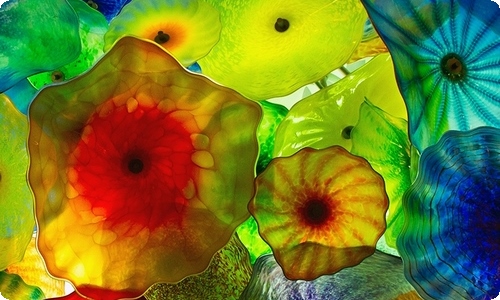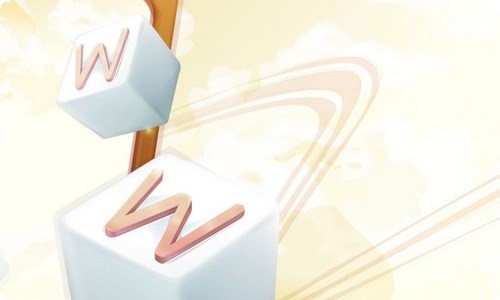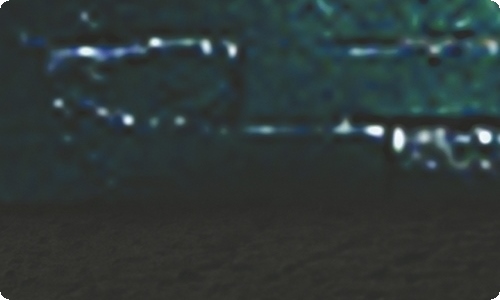
北京景点英语导游词
如何用英语介绍北京的.景点?下面是小编整理的几篇北京景点英语导游词范文,供大家阅读参考。
北京景点英文导游词:故宫
This is the palace museum; also know as the purple forbidden city.
it is the largest and most well reserved imperial residence in china today.
under ming emperor yongle, construction began in 1406.
it took 14years to build the forbidden city.
the first ruler who actually lived here was ming emperor zhudi.
for five centuries thereafter, it continued to be the residence of23 successive emperors until 1911 when qing emperor puyi was forced to abdicate the throne .
in 1987, the united nations educational, scientific and cultural organization recognized the forbidden city was a world cultural legacy.
forbidden city(紫禁城)
(in front of the meridian gate)
it is believed that the palace museum, or zi jin cheng (purple forbidden city), got its name from astronomy folklore, the ancient astronomers divided the constellations into groups and centered them around the ziwei yuan(north star).
the constellation containing the north star was called the constellation of heavenly god and star itself was called the purple palace.
because the emperor was supposedly the son of the heavenly gods, his central and dominant position would be further highlighted the use of the word purple in the name of his residence.
in folklore, the term ”an eastern purple cloud is drifting” became a metaphor for auspicious events after a purple cloud was seen drifting eastward immediately before the arrival of an ancient philosopher, laozi, to the hanghu pass.
here, purple is associated with auspicious developments.
the word jin (forbidden) is self-explanatory as the imperial palace was heavily guarded and off-explanatory as the imperial palace was heavily guarded and off-limits to ordinary people.
the red and yellow used on the palace walls and roofs are also symbolic.
red represents happiness, good fortune and wealth.
yellow is the color of the earth on the loess plateau, the original home of the chinese people.
yellow became an imperial color during the tang dynasty, when only members of the royal family were allowed to wear it and use it in their architecture.
the forbidden city is rectangular in shape.
it is 960 meters long from north to south and 750 meter wide from east west.
it has 9,900 rooms under a total roof area 150,000 square meters .
a 52-meter-wide-moat encircles a 9.
9-meter—high wall which encloses the complex.
octagon —shaped turrets rest on the four corners of the wall.
there are four entrances into the city: the meridian gate to the south, the shenwu g ……此处隐藏5898个字……inst fire risks.
In Mongolian language,passageways of this kind were called Hutong.
But no matter what Hutong exactly means,one thing is for sure,that is,Hutong first appeared in Beijing during the Yuan Dynasty.
In the early 13th century,a Mongolian tribe from the north became very strong.
Led by Genghis Khan,the Mongolian occupied Beijing,the capital of the Jin Dynasty.
In the year 1271,Kubla Khan,the grandson of Genghis Khan,founded Yuan Dynasty and set Beijing as the capital city in the following year.
Unfortunately,the old city was completely destroyed during the war.
So they had to rebuild it.
In old China,all the structures and roads were required to be symmetrical.
So the city was well designed.
First,they had to find a center,and then built a regular square city.
The layout of the city was very much like a chessboard.
About 50 residential areas were constructed,with straight roads and Hutongs in between.
At the time,there was a clear definition for avenue,street and Hutong.
A 37-metre-wide road was called an avenue,an 18-metre-wide one was called a street,and a 9-metre-wide lane was called a Hutong.
Most of today's Hutong were formed during the Ming and Qing Dynasties that followed.
Nobody knows exactly how many Hutongs there are in nowadays Beijing.
But one thing is for sure,if we connected all the Hutongs together,their total length would even be longer than the famous Great wall,which is about 4000 miles longer.
Or to make it clear,it could build a highway from Seattle to Boston,all across America!
Today you can find various Hutongs with different shapes,lengths or directions.
The shortest one is only 40 centimeters wide,which means a person like me has to walk sideways to get through.
And some Hutongs have more than 20 turns.
With the growth of the population,many old Hutongs have disappeared to make way for high-rise apartments.
Today I'm very happy to show you some well-preserved Hutongs,and to let you experience the typical Chinese life.
Are you ready?Let's go!
As we walk through the Hutongs,you may find most of them look almost the same with gray-colored walls and bricks.
Actually inside those walls are the courtyard houses,where people live.
In Chinese we call them"siheyuan".
"Si"literally means four,"he"means to surround,and"yuan"refers to the courtyard.
So a rectangular wall enclosing four houses,one built on each side facing into the center,is called a Siheyuan.
When they were first built,usually one Siheyuan was owned by only one family,but nowadays,with the growth of the population,most Siheyuans are shared by 4 to 10 families.




